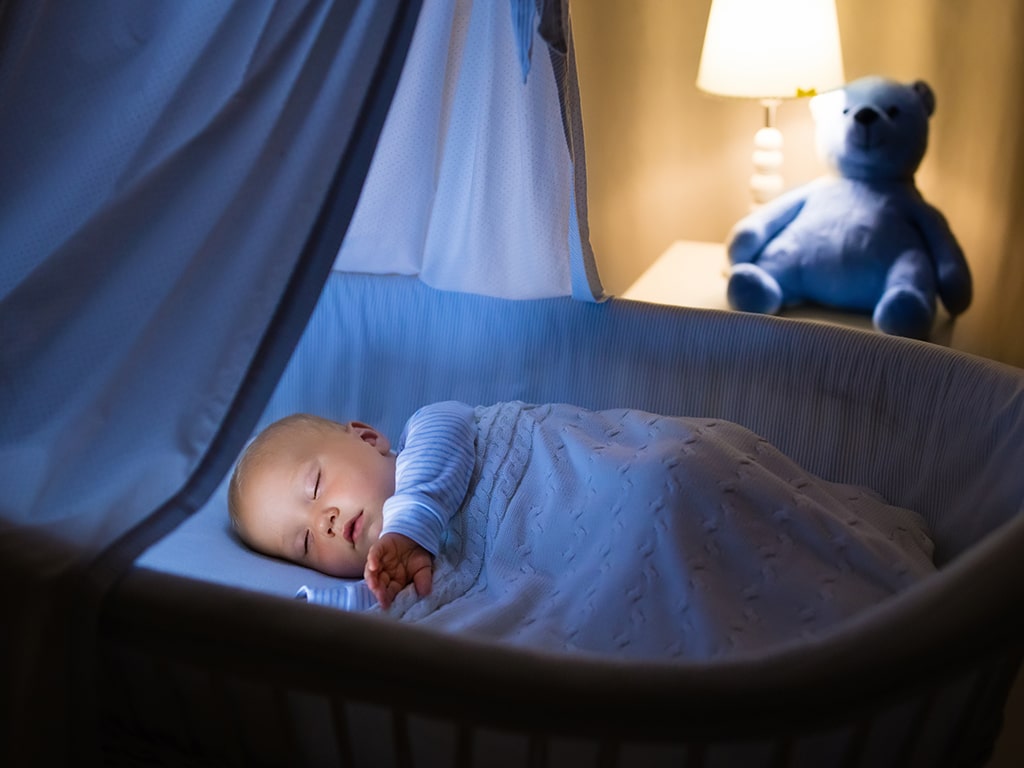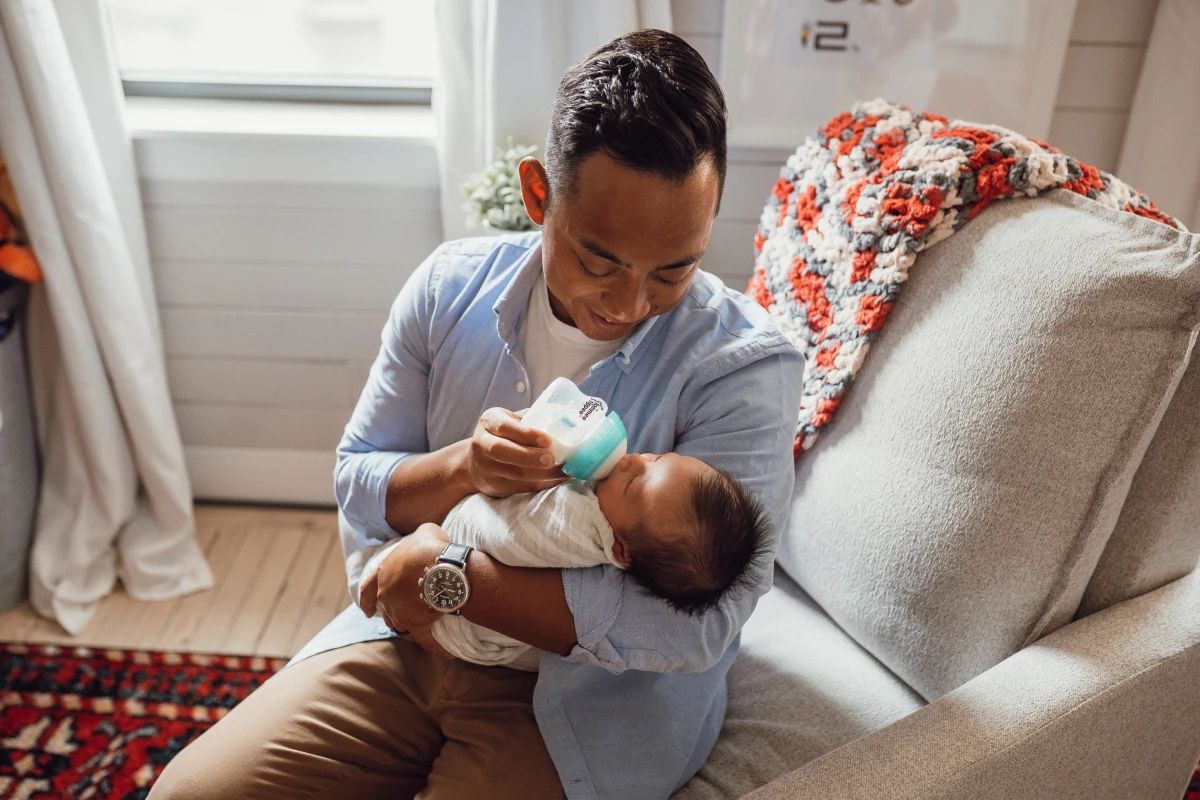First of all, congratulations on the new family member! Becoming a parent is the most exciting thing we can experience in our lifetime. Plus, it doesn’t end with bringing the newborn into this world. On the contrary, it lasts forever.
In the meantime, parents grow with their baby, learn new things and skills, and develop new abilities to make parenting easier. The parents need the most help when their child is a baby.
In that particular period, the newborns are extremely sensitive, change sleeping patterns and develop their senses. Therefore, mommies and daddies have to adjust and try their best to help their children pass this period and form healthy habits.
We’re sure that you have already earned the parent-of-the-year award. However, if you’re wondering how long a baby can sleep in a bassinet, we have prepared this article that contains several details regarding the subject. We hope that our research can help you with your baby and on your journey to becoming a parenting guru.
How Long a Baby Can Sleep in a Bassinet
Becoming a parent raises many questions about the baby’s safety, sleeping regime, feeding times, and other related areas. Often, we’re overwhelmed with issues like baby-proofing the kitchen or thinking about when is the best time to switch to solid food, even though we arrived from the hospital two weeks ago.
Many of those questions can wait for a while until our children become toddlers. However, preparing the nursery and creating a sleeping tactic from the start can save you a lot of time and, more importantly, will keep your newborn safe and happy.
When preparing the nursery room, you may face several challenges. Probably, you’ll want to buy everything, including a changing table, cabinet, rocking chair, and other furniture. But, the most important decision will always be choosing the right furniture where your baby will sleep.
Many parents choose a bassinet at first and switch to a crib later, while others put their baby in a crib from the start. While there’s nothing wrong either way, we will talk about the differences between these two pieces of furniture. Also, we did some research regarding bassinets and cribs, and we’re going to talk about when is the best time to go from a bassinet to a crib if you choose to use them both.
Related: How to Get a Baby to Sleep in a Bassinet
Bassinets vs. Cribs
Bassinet features
According to the Center for Disease Control and Prevention, newborns should sleep in the same room as their parents during the first months. However, the recommendation also states that parents and babies should sleep in separate sleeping spaces.
Therefore, whether you buy a bassinet or a crib, the furniture should fit your space. Bassinets have a smaller size, and they may be a better choice during the first months.
They’re portable, meaning you can place them everywhere and move them if needed. Plus, they’re very lightweight compared to cribs.
Furthermore, the bassinets may be travel-friendly and come with additional accessories. They may have vibrations, nightlights, and music to help your baby sleep better.
If you’re wondering how long a baby can sleep in a bassinet, you’re asking the right question for choosing furniture for sleeping. You’ll probably use the bassinet for 4-6 months. This is the period when most infants start rolling over and moving.
On the other hand, cribs are, of course, bigger and thus will take up more of your space. They usually aren’t portable. In fact, you can rarely find a portable crib because most of them come with a fixed location.
Additionally, it’s more difficult to reach your baby because their sides are higher than those of a bassinet. Therefore, if you’re recovering from giving birth, it may feel difficult to put down or pick up your child. In this case, bassinets are a better choice.
Crib features
As we said, cribs are much heavier and take up more space than bassinets. If you buy a crib, you’ll probably have to find a suitable space, place it there, and don’t move it around the house. Plus, they are costlier than bassinets. But, you should also know that some cots have wheels, making them more portable.
However, cribs have numerous advantages over bassinets, so many parents decide to use them from day one.
Cribs are bigger and more durable. Therefore, after a few months, you won’t have to worry about where to put your baby to sleep. Moreover, if you buy a bigger crib (they come in different sizes), you can use it as a toddler bed later.
The Best Time to Move the Baby From a Bassinet to a Crib
Bassinets come with weight limits. Therefore, you should check the instructions from the manufacturer to make sure your baby can still stay in her bassinet. Most companies produce bassinets that hold up to 20 pounds. However, this may vary, which is why we suggest you move your baby when she’s around 15 pounds.
Another sign that the bassinet is no longer the best fit for your child is when the baby starts developing a new physical ability. For instance, if your baby starts to roll over, you should move her to a cot.
Other milestones include the ability to push on hands and knees, sit without assistance, and pull up on sides. These new skills that your baby develops can impact her safety because the newborn can now climb or fall out of the bassinet.
Of course, the weight and age limits also indicate when you should move your baby from a bassinet. However, if you sense that the newborn feels cramped, her legs are bumping to the bassinet’s sides, or she doesn’t sleep as she used to, maybe it’s time to give her more space, regardless of her age and weight.
Final thoughts
In the end, how long a baby can sleep in a bassinet depends on multiple factors. But please, don’t preoccupy yourself with these decisions and miss valuable time with your infant.
Children grow very fast, and we grow with them, adjusting to their needs and learning new things every day. Today, you’re thinking about bassinets and cribs. However, buying a big kid’s bed will happen much sooner than expected.








